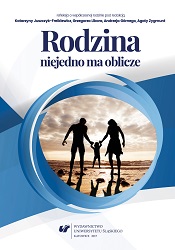
We kindly inform you that, as long as the subject affiliation of our 300.000+ articles is in progress, you might get unsufficient or no results on your third level or second level search. In this case, please broaden your search criteria.



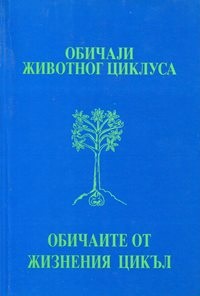
The common rural and family holidays (sabor, svetetz, obrok, village and personal slava, zavetina) in Bulgars and Serbs which are impotrant for social and personal identification as the part of the life holiday cycle and of the family holiday cycle are analysed in this paper basing on the relevant literature and on the personal fieldwork. The role of the individual becomes the meaning of the marker of his/her belonging to certain territorial and family community. This holiday category clearly designs both social status and social prestige and also the exogamy and the endogamy matrimonial circle of the individual in the traditional society.
More...
This paper is an attempt to generalize the huge ethnographic and linguistic material required for the reconstruction of the women’s bird symbolism in the family rituals. Bird symbolism of husband was presented in the evolutive process from the birth to the full sexual maturity in the first part, while bird symbolism of wife was constructed in synchronic perspective, embracing the group of all women in reproductive age. Using of the bird symbols characterizes the highest reproductive processes in human society, so they are becoming comparable both to the process of cosmogenesis and to the process of reproduction in bird species. The paper accents the symbolic representation of menstruacy, concepcion, pregnancy and birth through the images of the hen, of the magpie, of the partridge, of the crow and of the other birds. The role of the woman-bird symbol at the moment of death has also been investigated. That is the way the image of woman, incarnated in bird, is the most clear at two important moments framing the human life – in the act of birth and in the act of death.
More...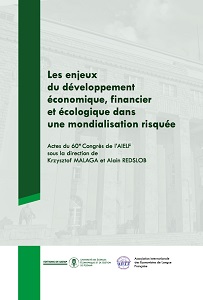
In the world, we observe since the 1980s an explosion of social inequalities as well as an impoverishment of middle and popular classes in the western countries. In order to remedy for this upsetting evolution, we must try to analysis its causes before to propose realistic solutions.
More...
Пројектован човек у овој цивилизацији је хибрид пантелеона (им¬ператив да у свему буде као лав, да се сам запосли јер држава није за¬дужена да решава то егзистенцијално питање – како је говорио екс-др¬жавни чимбеник, да је увек смирен, перфектно естетизован),2 Махатме Гандија (да је увек несклон реторзији,3 да је јачи и богатији смирено¬шћу и од најјаче или најсилољубивије војске која после 11. септембра реагује реторзијом...) и Маљевичевог белог платна или црног квадрата на коме ће се уписивати хуманизам постмодерне.
More...
The paper analyzes the construction of sex identities in Orthodox Christianity through popular religious literature. Attention is drawn to several topics on the basis of which we could appreciate the concept of value and of the norms and rules of behavior laid down by the Orthodox Church for the protagonists of sex functions. The methodology used is that of a qualitative analysis of the content. The basic theme is identified first - that is, the relationship between the sexes, ‘man ’ and ‘woman’ — and then the subthemes analyzed - the status and functions of father and mother. The accent is laid on typical, widely known religious ideas through which sex divisions, i.e. inequalities, get religious justification. Although, on the one hand, dogmatic propositions of any religion are not relative, but have reference to all times and circumstances, the interpretation, on the other hand, of the basic Christian norms relative to sex differences and relationships, presented in a popular fashion, may exert a vital influence on sex identity models. And this is exactly what the paper shows, — how those models are conceptualized from the sex aspect.
More...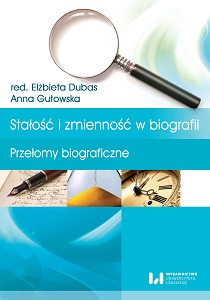
The article refers to a fragment of narrative biographical research conducted among the homeless. Qualitative research is about subjective reality, revealing the unique, unique aspects of active inclusion. This article attempts to answer the question of how the education, activation and integration efforts have affected the individual lives of the homeless.
More...
The article presents a part of the wider study concerning changes in subjects’ lives caused by being diagnosed with HIV. The diagnosis is treated by the author as a special kind of turning points categorized as so – called critical life events. People who have to cope with such events are forced to reorganize their lives and create new external and internal balance. Critical life events stop subjects’ previous activities and lead to unavoidable changes. The results show that these changes, when it comes to being infected with HIV, take place in all significant areas of people’s lives. The research was carried out taking advantage of a qualitative method with the use of a biographical-narrative interview. This strategy was combined with the quantitative analysis of the collected data. The research sample consisted of 30 people infected with HIV.
More...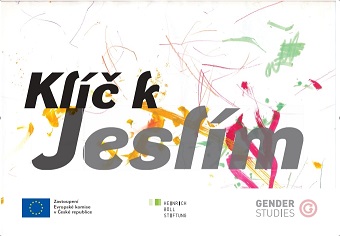
Rozhovor s PhDr. Šárkou Gjuričovou, psycholožkou a rodinnou terapeutkou o variantách rané péče o děti a o důležité možnosti volby mezi nimi. Rozhovor vedla Michaela Marksová-Tominová.
More...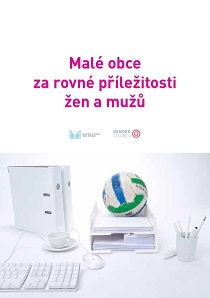
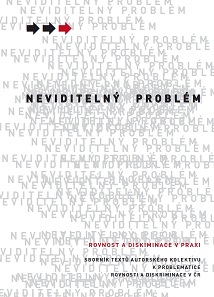
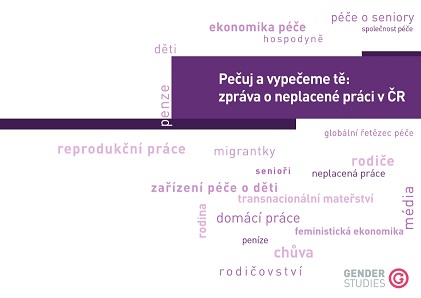

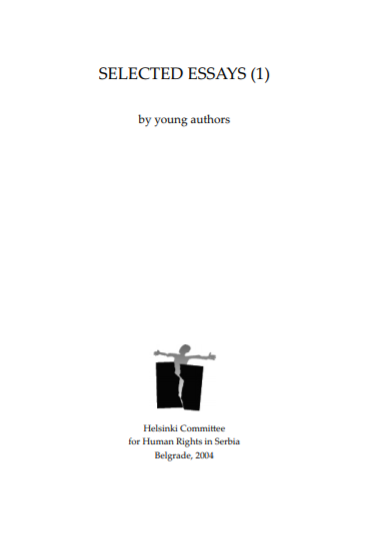
One of the frequent excuses which can be heard from young people is: “My parents don’t understand children of my age.” Why is the generation gap so present in our families? Why are the parents and the young people in our society literally at war with each other? All these are questions which I wanted to deal with, in the wake of my previous interest, connected with this subject which is so characteristic of my milieu. Consequently, to bring the cultural trends closer to the real social trends and somehow expand the problem critically. While preparing this essay, I was greatly helped by the works of Thomas Gordon and Mirjana Obretković: “The Art of Parenthood”, and “Family Relationships, Guardianship, and Social Work”, respectively.
More...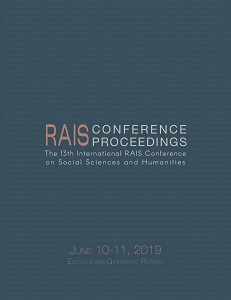
Yoga has existed for centuries in the East, beginning in India, as a religious practice of meditation and mindfulness. In the West, however, yoga is more often a popular exercise-based practice with little to no emphasis on its religious or spiritual foundations. Curiously, the mindfulness aspect of yoga has become increasingly popular within the United States, particularly as a method for therapeutic treatments, such as Mindfulness-Based Cognitive Therapies (MBCT), Dialectical Behavior Therapy (DBT), and Acceptance and Commitment Therapy (ACT). These therapies have been useful for patients in the early stages of psychiatric disorders (e.g. Generalized Anxiety Disorder, Major Depressive Disorder, Type 1 Bipolar Disorder), as some patients can supplement their medication in exchange for these forms of therapy. This paper investigates the origins of yoga from a Hindu perspective, explaining how recent trends in the U.S. have extracted elements of the traditional practice while adding other elements with a Western influence. This paper also investigates current symptoms and treatments for psychiatric disorders and explores how mindfulness can play an important role in future forms of therapy.
More...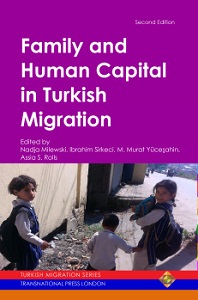
One of the striking differences in family formation behaviour between Turkish and Western European cultures is in the role of family influence in the processes of partner choice and union formation. Family involvement has an impact on partner choice, as well as on other aspects of union formation, such as the type of union and the age at first union formation. Family involvement frequently occurs in Turkey and in other countries with a long Muslim tradition, and it remains important among emigrants and their descendants from these countries (de Valk & Liefbroer, 2007; Milewski & Hamel, 2010; Huschek et al., 2012; Baykara-Krumme, 2014; van Zantvliet et al., 2014; Topgül, 2015).
More...
Culture is becoming more complex, hidden in the small details of our intercultural society and in the subtleties of human behaviour. This complexity makes a first person perspective essential in order to gain a more thorough understanding of what culture, and cultural values are about. A first person perspective requires a more intuitive and sensorial exploration of culture, both for designers and for people to gain common knowledge on culture (Reed-Danahay, 1997).
More...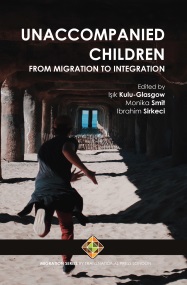
Unaccompanied minors (UMs) in the United States first garnered national attention in 2014. In the summer of 2014, an unprecedented number of UMs (68,541) entered the United States from the US-Mexico border. While the number of youth crossing appeared alarming in itself-the rate was a 77% increase over the previous year-a significant shift in origin of UMs also dramatically affected the way in which the Government would respond. The majority of unaccompanied youth previously crossing the border were from Mexico, however by 2014 the majority were from Guatemala, El Salvador, and Honduras (Department of Homeland Security, 2014). Youth continue to cross and in 2018, the United States apprehended 50,036 UMs, with 76% from Guatemala, El Salvador, and Honduras.
More...